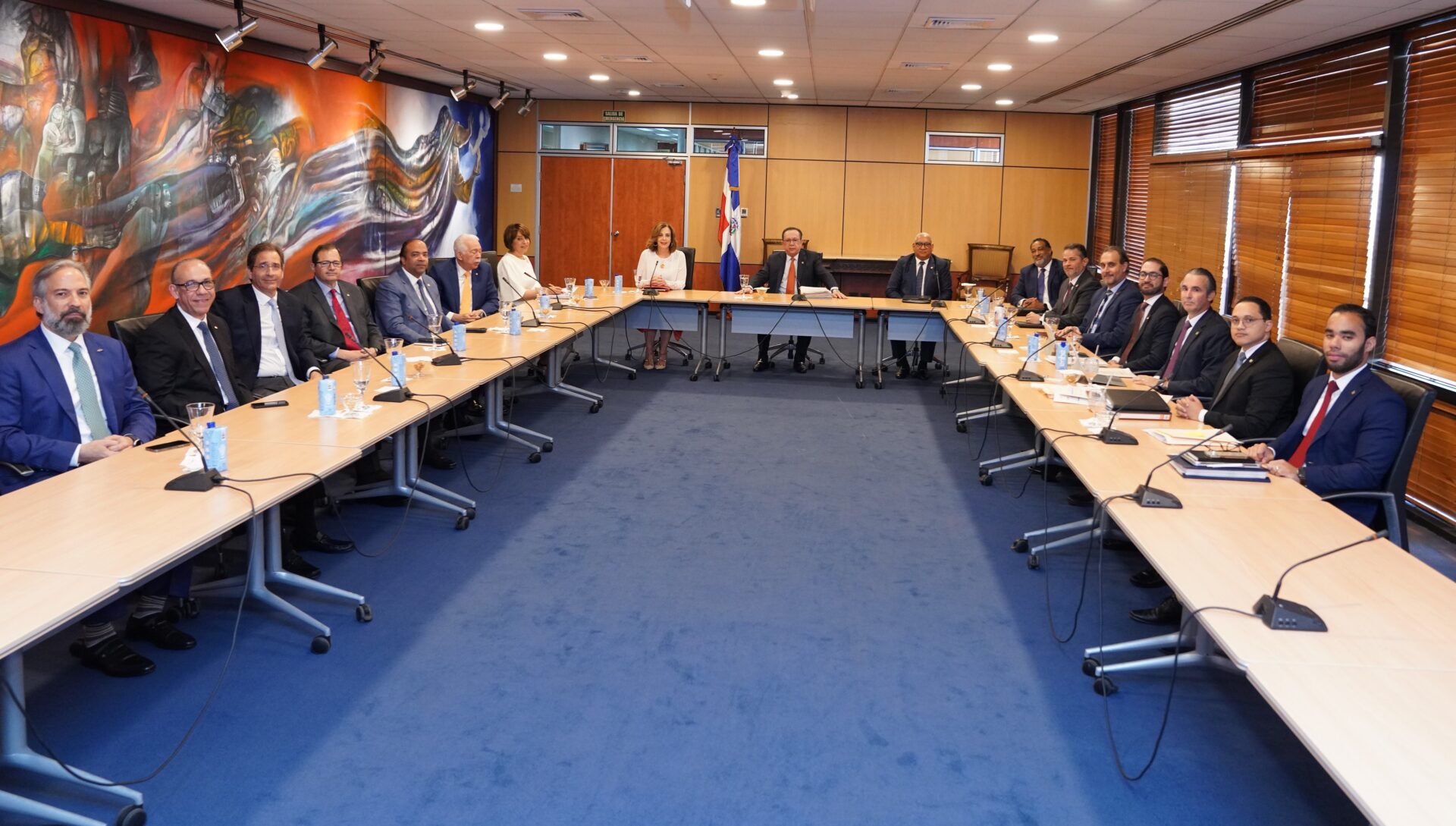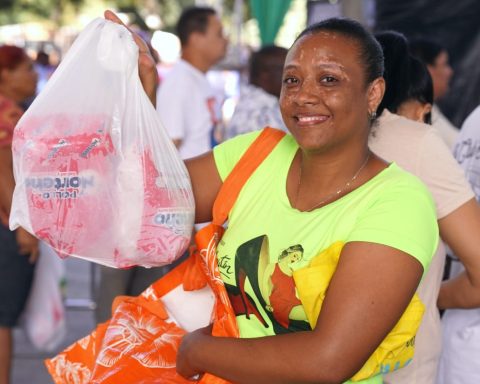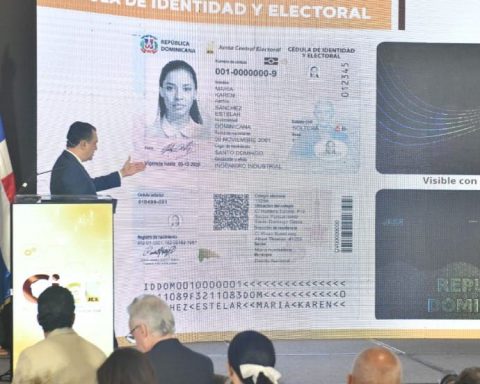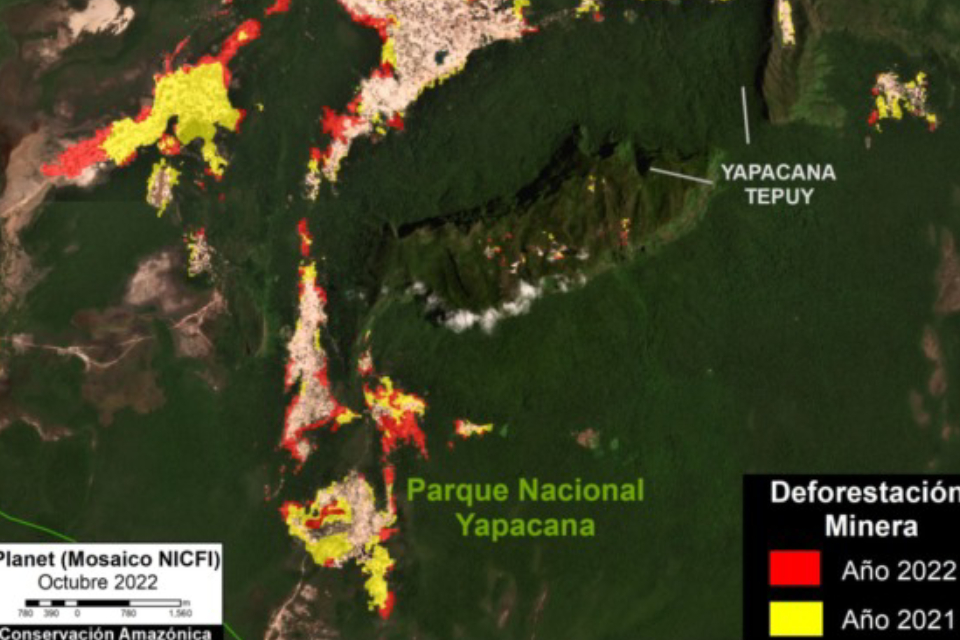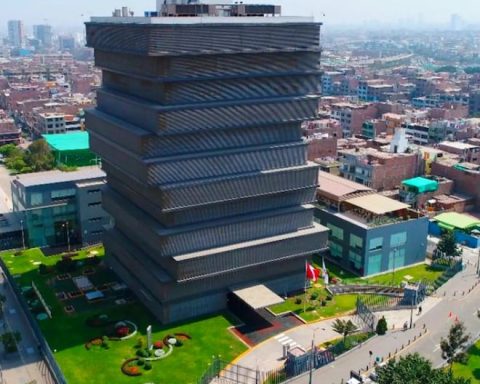Santo Domingo – The Governor of the Central Bank of the Dominican Republic (BCRD), Héctor Valdez Albizu, held a meeting with the board of directors of the Association of Multiple Banks of the Dominican Republic (ABA), headed by its executive president, Rosanna Ruiz, and made up of presidents of several multiple banks, in which the results obtained by the financial system in 2022 were addressed and the strength of the macroeconomic fundamentals and the stability in the flow of currencies that currently exist in our country were pondered.
During the meeting, held at the Central Bank, Valdez Albizu pointed out that, as a result of the monetary restriction plan that is being implemented to counteract inflationary pressures, a moderation in the growth of monetary aggregates has been observed, detailing that the circulating medium (M1) expanded 10.2% year-on-year at the end of 2022, below nominal GDP growth; while the expanded money supply (M2) and money in the broad sense (M3) expanded by 6.8% and 5.4%, respectively.
In this context, he said that subjacent inflation, the most relevant for analysis purposes regarding the decision-making of the Central Bank, whose main objective is to ensure price stability, has maintained a downward trend since the month of May of this year.
He explained that this indicator makes it possible to extract clearer signals for the conduct of monetary policy because it excludes items with great variability in their prices, such as some food, fuel, services with regulated prices such as electricity rates, transportation, and alcoholic beverages. and tobacco.
In this sense, it reported that interannual core inflation went from a maximum of 7.29% in May to 6.56% in December 2022, resulting in lower than that at the end of 2021, which was 6.87%. He indicated that this behavior is consistent with the monetary stance implemented by the Central Bank of the Dominican Republic, which has contributed to mitigating internal demand pressures.
He added that, as the monetary policy transmission mechanism continues to operate, the forecast system models of this institution indicate that inflation would converge to the target range of 4% ± 1% before the end of the second quarter of 2023.
On the other hand, Valdez Albizu highlighted that, as a reflection of the dynamism of domestic demand, credit to the private sector in national currency grew above 14% year-on-year at the end of 2022.
Regarding the consolidated financial system, it reported that at the end of November 2022 the annualized return on equity (ROE) stood at 23.2%, while the return on assets (ROA) was 2.6%. Likewise, the liquidity quotient was located at 22.5%, which means that for each RD$100.00 of resources raised from the public, there is RD$22.50 of support in available liquid assets.
Likewise, the delinquency of the loan portfolio was 1.0% and the coverage of the unproductive portfolio was 411.3%, which shows that the financial system remains stable with adequate levels of solvency, liquidity and profitability, as well as a low level of risk. of your credit portfolio.
Regarding multiple banking, he highlighted that the return on equity (ROE) at the end of November was 25.9%, and on assets (ROA) was 2.6% (which indicates that for every RD$100.00 of assets, generated RD$2.60 of profits), with a solvency ratio of 15.5%, according to the latest information available. In turn, delinquency stood at 0.9% with a coverage of 456.8%, which reflects that multiple banking continues stable and patrimonially robust.
Valdez Albizu informed the bank executives about the successful completion of the first stage of the project “Sweep for the identification and survey of Micro, Small and Medium Enterprises (MIPYMES)” to create the first directory of these companies nationwide, which in preliminary numbers it has yielded a total of 467,557 establishments throughout the national territory, of which 86% are MSMEs. Likewise, he announced that on January 20, 2023, Law No. 45-20 on Secured Transactions will enter into force, enabling a framework of greater legal certainty for guaranteed credit operations, especially for MSMEs, only pending the approval of the regulation of application by the Executive Power.
The governor told the participants in the meeting that in the next session of the Monetary Board the behavior of the flow of bank credit to different sectors will be known.
The Board of Directors of the ABA expressed its congratulations for “the good results obtained by the BCRD in its work to preserve the macroeconomic fundamentals, inflation and exchange rate stability in the Dominican Republic.” Likewise, he thanked “the permanent willingness for dialogue that the BCRD maintains with the representatives of the financial system, as well as its proactivity in always being able to stay ahead of the scenarios that occur, making us one of the Latin American countries that has best faced the successive storms that occurred with drastic economic effects, placing us at the forefront in sustaining inflation, the exchange rate and in an area of cutting-edge investment and growth”.
The meeting was attended by the ABA, Luis Molina Achécar, president of Banco BHD, Samuel Pereyra, administrator of Banreservas, Steven Puig, executive president of Banco BHD, Tunti Pimentel, president of Banco Santa Cruz, Dennis Simó, president of Banco Caribe, and Juan Carlos Rodríguez Copello, executive president of Banco BDI.
Governor Valdez Albizu was accompanied by deputy governor Clarissa de la Rocha de Torres, manager Ervin Novas Bello, deputy general manager Frank Montaño, deputy manager for monetary, exchange rate and financial policies Joel Tejeda, deputy manager for financial regulation and stability Máximo Rodríguez and the economic adviser to the government Julio Andújar.
Likewise, the directors Joel González, of monetary programming, Carlos Delgado, of financial regulation and stability, and José Gabriel Perdomo, of treasury.
